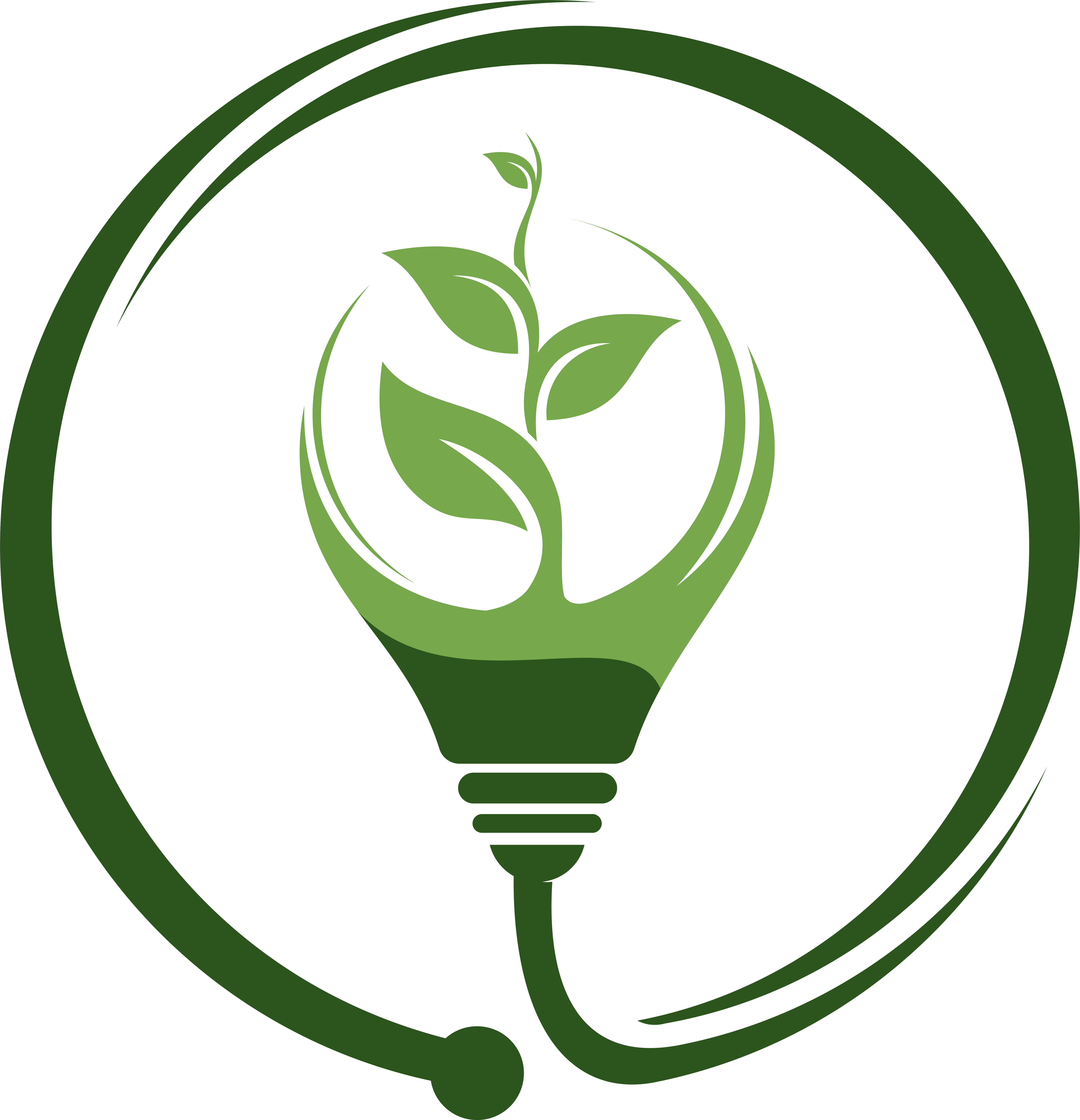Joseph Campbell’s idea of “The Hero’s Journey” finds resonance in an unexpected intersection of narrative theory and information technology in the four pillars of Sustainable IT. This article examines how the phases of the Hero’s Journey align with the fundamental principles guiding Sustainable IT.
Background: The Hero’s Journey
Introduced in his foundational book “The Hero with a Thousand Faces” (1949), Joseph Campbell’s theme of the Hero’s Journey—also known as the monomyth–proposed that myths from many civilizations worldwide have similarities.
The Hero’s Journey usually consists of three acts:
- Departure (or separation)
- Initiation
- Return
Campbell noted 17 stages within these actions, however not all myths involve every one. Some of the key stages include:
- The Call to Adventure
- Refusal of the Call
- Crossing the First Threshold
- The Road of Trials
- The Ultimate Boon
- The Crossing of the Return Threshold
- Master of Two Worlds.
Beyond literary study, Campbell’s writings have been significant in disciplines including psychology, anthropology, and even business strategy. It has proven especially powerful in narrative; many modern stories in literature and movies either explicitly or subtly adopt this framework.
Background: Four Pillars of Sustainable IT
As organizations attempt to reduce the environmental impact of their technology use while improving efficiency, the idea of Sustainable IT—also known as Green IT—has acquired significant traction recently. Sustainable IT’s four pillars offer a structure for understanding and implementing these practives:
- Awareness revolves around understanding how IT activities impact the environment and society. It involves understanding energy use, e-waste generation, and the wider consequences of technology decisions.
- Consciousness: Building on awareness, consciousness is the deeper integration of sustainability principles into organizational culture and decision-making processes. It is about going from knowledge to action.
- Enablement: This pillar addresses the pragmatic aspects involved in implementing Sustainable IT solutions. It includes incorporating new technologies, honing skills, and designing systems that support environmental and organizational goals.
- Empowerment: The last pillar involves using Sustainable IT practices to bring about positive change. This might include changing industry norms, helping to shape policies, or motivating others to follow like practices.
Development of these pillars coincided with the larger push toward sustainable business practices and corporate social responsibility. They offer a methodical strategy to handle the difficult problems of balancing social and environmental concerns with technological development.
The Call to Adventure: Awareness
Just as the Hero’s Journey begins with a call to adventure, the path to Sustainable IT starts with awareness. This initial stage involves recognizing the need for change and the potential for transformation. In Campbell’s monomyth, the hero is awakened to a world beyond their daily life. Organizations starting Sustainable IT projects also have to first realize how their technology affects the surroundings and society.
Often arising from either internal revelations or outside pressure, this awareness results from both. It could manifest as awareness of too high energy use, e-waste generation, or more general society consequences of technological decisions. Organizations with this level of awareness find themselves obliged to act, much as the hero who can no more ignore the call.
Crossing the Threshold: Consciousness
The choice of the hero to answer the call and cross the threshold into the unknown reflects the change in consciousness from awareness in sustainable technology. This stage represents a better knowledge of the difficulties ahead and a will to solve them.
Crossing the threshold on the Hero’s Journey usually means bidding farewell to the known universe. This implies for companies going beyond basic knowledge to a more deep awareness of sustainability ideas. It calls for challenging accepted wisdom, reassigning priorities, and adopting a new paradigm of sensible technology use.
In Sustainable IT, consciousness encompasses not just awareness of social and environmental effects but also absorption of this knowledge and letting it guide decisions at all levels. It’s like the hero realizing their acts have effects outside their direct field of influence.
Tests, Allies, and Enemies: Enablement
Organizations implementing Sustainable IT solutions enter the enablement stage as the hero negotiates challenges and meets both allies and enemies. This stage is about honing the tools, knowledge, and alliances required to surmount obstacles and reach sustainable objectives.
In Campbell’s framework, the hero usually gains magical tools or new abilities. In Sustainable IT, this could mean employing lifecycle management systems, utilizing energy-efficient technologies, or forming partnerships with environmentally minded vendors. In this sense, the “enemies” could be antiquated systems, opposition to change, or conflicting priorities that endanger sustainability efforts.
Enablement is a critical phase where theories and intent are tested. It’s where organizations—like heroes—must demonstrate their dedication and inventiveness in the face of obstacles.
The Ultimate Boon: Empowerment
The Hero’s Journey reaches its conclusion when they meet their objective and gain the ability to bestow boons upon their society, aligining with the empowerment stage of Sustainable IT. Here is when the results of deliberate, enabled actions show themselves and begin to have long-lasting good effect.
In Sustainable IT, Empowerment manifests as the capacity to drive significant change not only inside the organization but also throughout the IT industry and society at large. It might involve innovative sustainable technology, policy influence, or new guidelines for responsible computing.
Organizations achieving this stage become beacons of change, able to inspire and enable not just their own operations, but others as well, similar to the hero returning with the elixir.

The Ongoing Journey
Although the path of Campbell’s hero usually ends with a return and reintegration, the search for Sustainable IT never stops. Every cycle of awareness, consciousness, enablement, and empowerment creates new opportunities as well as challenges.
The connection between these two models exposes a great truth: the road to technological sustainability is essentially a tale of transformation, similar to the journey of the hero. It calls for bravery, tenacity, and a readiness to question the conventional wisdom. Examining Sustainable IT through this mythic lens helps us to appreciate the heroic character of the effort and the possibility of technology to be a turning point in our shared narrative.
Closing Thoughts
The Hero’s Journey and Sustainable IT solutions present interesting opportunities for how we manage environmental responsibility and technology development:
One effective way to include staff members and stakeholders in Sustainable IT projects is to present them as a heroic adventure, making the abstract ideas more approachable and motivating.
Viewing cchallenges as vital aspects of the journey instead of insurmountable obstacles, companies can prepare for the challenges they are likely to experience in their sustainability initiatives, much as heroes undergo trials and setbacks.
Both frameworks emphasize the transforming nature of the process and imply that the quest of Sustainable IT is not only about modifying behavior but also about fundamentally reshaping the identity and goals of an organization.
Although the Hero’s Journey is sometimes shown as a single quest, many stories have heroes embarking on several missions. Similarly Sustainable IT is a continuous process of adaptation and development where each cycle builds on the lessons of previous ones.
Organizations can approach Sustainable IT not just as a technical issue but also as a transforming journey connecting with deep-seated human tales of growth, challenges, and success by recognizing these similarities.


No responses yet